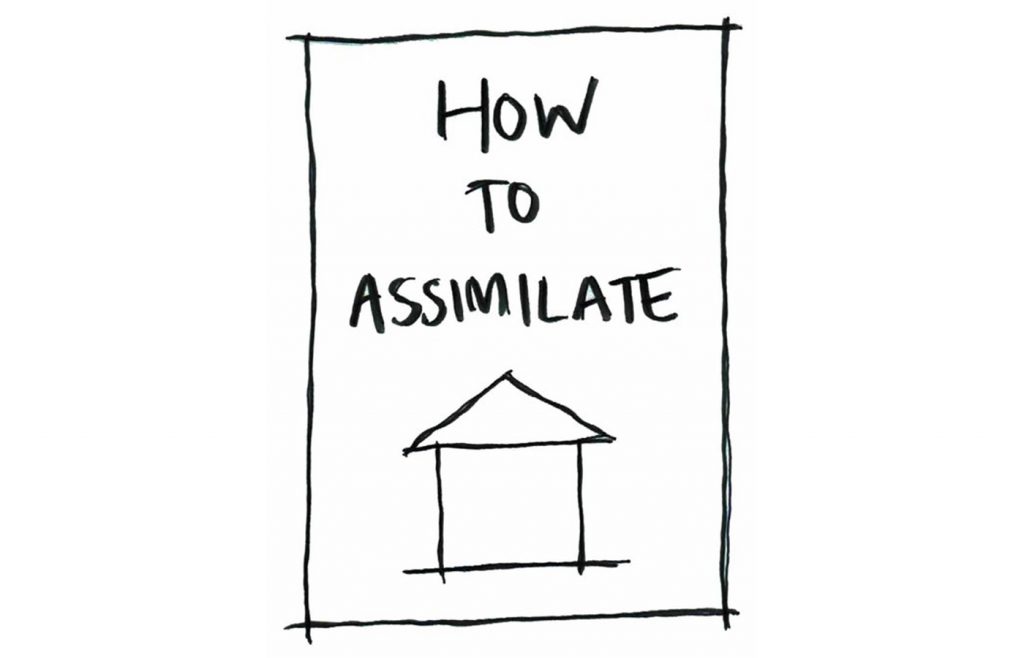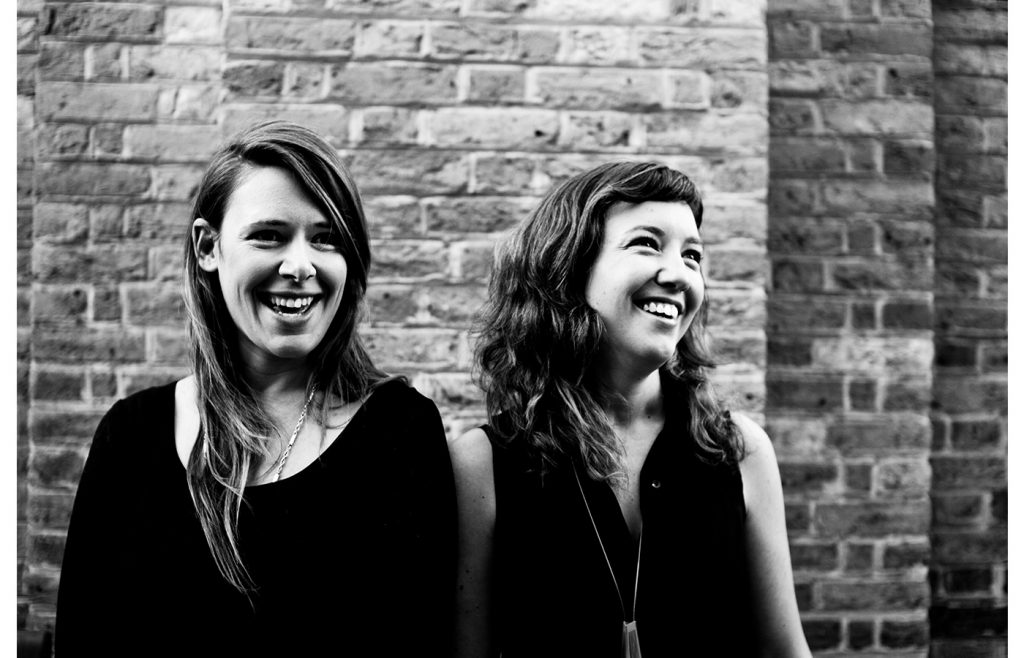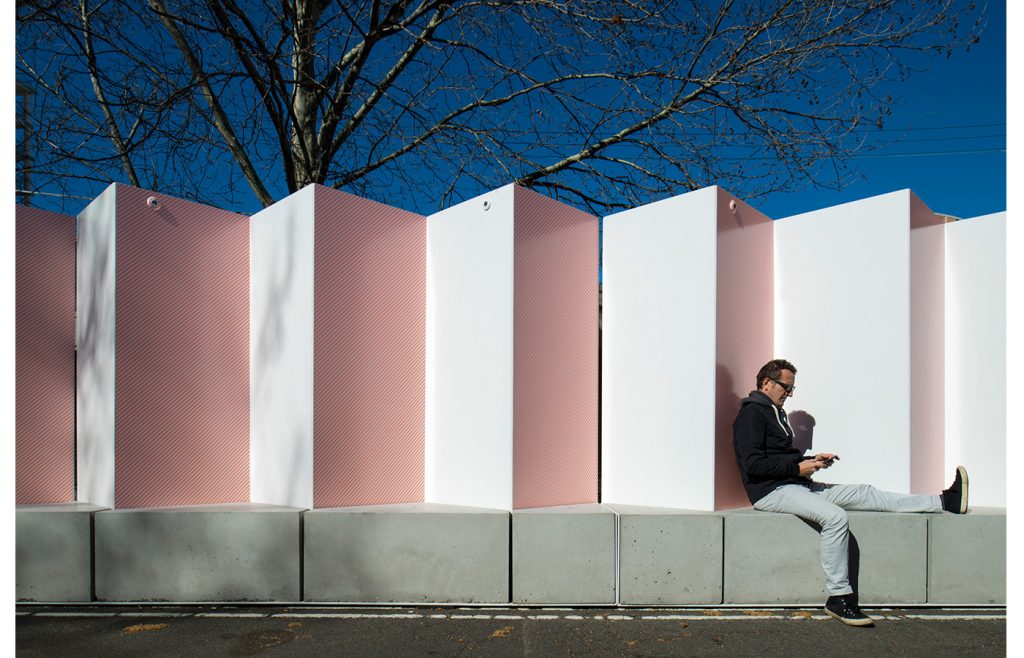



table of contents

previous articles

next articles
Feature article



CONTENTS
Linda Kennedy
.
Linda Kennedy is a Dharawal woman from Wollongong. Having completed undergraduate studies at the University of New South Wales, she is currently taking time out from a Masters of Architecture at the University of Melbourne. Her voice and her blog Future Black are ‘a disruption to the status quo of racist, white Australia’
Can you describe the way in which you practice within the field of architecture?
LINDA KENNEDY: I engage in conversation about design and the built environment with people who have no background in architecture. I encourage them about detail and construction and materials and gutters.
Where is the excess water going? How is that building standing up? Touch this wall – what is it made of? How much do you think this timber cost? Does this need to be indoors?
I assist my friends in picking places to rent, based on orientation and cross ventilation. Your indoor plants will die here. Your clothes will grow mould. The lack of direct sunlight will make you sad.
I used to write. I haven’t for over a year. I used to draw. I haven’t for over a year. I reply to emails from architects, students, academics, anyone who contacts me in response to my currently inactive blog. Often, I don’t reply. My experiences over the last couple of years, speaking up about the injustices, ignorance and general design shortcomings in Australian architecture have exhausted me, in the same way that many Aboriginal people become exhausted in activism. I’m exploring new ways of creating sustainable change, where I can remain engaged in design as well as activism without carrying the casual racism and targeted exclusion that are systematically entrenched in the profession. A major part of this is self-care and cultural-care.
Within that manner of practice can you define your principal architectural ambitions?
Regain strength to continue pursuing what I am passionate about and have a cultural responsibility to do. Disrupt. Challenge. Question. Innovate. Decolonise.
Can you describe a particular project you have engaged with which has been developed in that ambition?
Future-black.com. It has been a space to challenge, question, propose. Untied to any institution or publication. Me, me, me. I am black woman, hear me roar. Hear me roar, until I am traumatised by your reactionary, racist and privileged behaviour.
How do you see those ambitions in relation to the wider practice of architecture?
I see them continuing as is, disruptive only to those willing to engage, and quietly supported by a few who ‘get’ it. I am hopeful that this will change and that people within the design and architecture world will become more vocal, become better allies. Imagine a future where architects are willing to call out racism, ignorance and exclusion for what it is. Start by questioning: what is Aboriginal architecture? Hint: look up Richard Bell, ‘Bell’s theorem: Aboriginal art – it’s a white thing’. Read: Decolonizing Solidarity by Clare Land.
Do you see these ambitions as reconciling a current deficit in the practice of architecture?
Maybe not reconciling. Influencing? Impacting? Sure. Why not?
Lastly, what are your thoughts for the future of architecture practice?
Architectural practice in Australia is a disturbingly ignorant sphere, with the loudest voices (in practice and education) being those of white privilege.
Will this change in the future? I don’t know. I can do my bit. I can do my bit to change the world. You can too.
Architecture education in this country does not take responsibility for the impacts that these teaching practices have on the self-determination of Aboriginal peoples. In parallel, the Architects Accreditation Council of Australia (AACA) ticks the box to confirm that universities are delivering quality courses that equip graduates with the skills to continue pursuing architecture as a profession. This results in a combined effort by universities and the AACA to deliver a concerning outcome: How to be an architect… ‘whitefella way’. […] Reflecting on this as an Aboriginal woman, it does prompt me to consider my own role in the archi-sphere, particularly within the institutional frameworks that surround housing for Aboriginal people. Under constant pressure to assimilate within these structures, it is a constant reminder to resist, to decolonise, to design, to write, to do whatever it is I choose to do… ‘blackfella way’.
From Linda Kennedy’s post ‘Architecture for Assimilation’. Read her entire text at future-black.com
.
.
Archrival
.
Archrival was formed in 2011 by architects Lucy Humphrey and Claire McCaughan. It is a non-profit design organisation that delivers unique multidisciplinary projects by encouraging creative rivalry. Archrival has recently joined the Will O’Rourke creative roster, a pioneer in the production of experiential projects for marketing and publicity agencies and their clients
Can you define your principal architectural ambitions?
ARCHRIVAL: Archrival was formed in rebellion to outdated architectural practice. We argue that unproductive and secretive practice rivalry limits the profession’s capacity to respond to change, so we act to make rivalry a productive tool. We seek to unite divisions within the profession through ultradisciplinary practice, unsolicited activities and new types of public interventions. Archrival does not claim to have found any overarching solutions, or that architecture can solve the world’s increasingly complex problems. Instead, we focus on small and strategic actions that might have a cumulative effect to promote adaptation within our discipline and to catalyse change. Our manifesto is a celebration of how rivalry might advance the profession, with a view that practices have to be challenged in order to remain valid.
The architecture profession perceives itself working within a field of clients and opportunities, but relies heavily on competitive commissions and traditional procurement models. By continuing to operate in this ‘unreal paradigm’ the profession ignores the economic, social, legal, political and environmental pressures that other industries are tackling head-on, and architects are often unable to take advantage of their full skill set. As the intensity of contextual pressures increases, the action and theory of architecture become increasingly restricted. This condition creates more isolated and irrelevant projects that do not adequately respond to the competitive market or the complex demands of the global challenges we face.
The formation of Archrival is a direct response to this paralysing disciplinary condition. The organisation operates outside of a traditional commercial practice structure, constituted by individuals from rival practices in an extracurricular and non-profit capacity. Although the practice of Archrival is evolving and we’ve had to make and break our own rules as we grow, our leading ambition was to create a practice space that encouraged open rivalry, where individual authorship and ego are marginalised and the highest quality design outcome is pursued.
How do your projects respond to these ambitions?
Highly site-specific projects are made as a direct response to each project’s complex conditions. When combining site-specificity with strategic action, the projects become critically relevant to the profession. The projects evolve from, respond to and transform each site.
As works of architecture and not art, Archrival’s projects are programmed. They offer a usable function and reveal social and cultural profits for audiences and collaborators, whether by revealing new ideas, providing an expanded professional network, or offering a transformative insight. The projects are not isolated events but offer new experiences through their making, use and afterlife.
One of our biggest ambitions was to be able to reach and engage with the public and create better clients through strategic public work. Recently we were approached to design a boutique multi-storey development on a fascinating ex-quarry site in Willoughby. The client was inspired by the ‘Concrete Colony’ furniture project at Hyde Park Barracks and our experimentation with concrete fabric – as a result, we have our largest commission to date.
How do you see those ambitions in relation to the wider practice of architecture?
We are not interested in describing ourselves operating ‘within’ or ‘outside’ of architectural practice boundaries. We think it is well established that architects can operate in different circles and are highly trained with particular problem solving, collaboration and coordination skills. It is more useful to look beyond the profession, to leading business corporations such as McKinsey, where change is explored as a competitive advantage, not a problem to battle. We also recognise the burgeoning share economy as a critical force that can facilitate small-scale action with potentially massive cumulative effects and that methods within this economy (sharing and swapping) parallel Archrival’s open-ended practice. By monitoring evolving methods of sharing/swapping of ideas, products, images, authorship and ownership, Archrival hopes to bring new methods and insights to architectural practice. Interestingly, to operate effectively the share economy requires trust and disclosure, which parallels Archrival’s manifesto.















